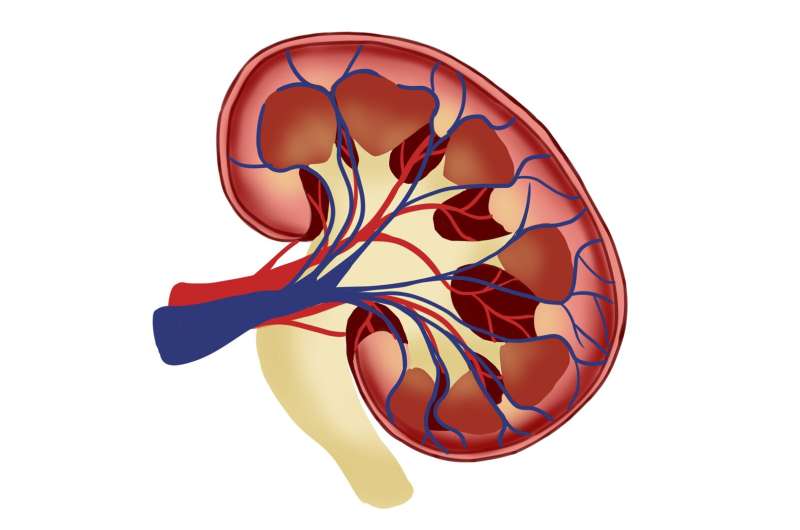Long-Term Effects of Industrial Pollution on Cognitive Health Across Generations

New research reveals that industrial pollution exposure during pregnancy can affect cognitive development in future generations, highlighting the importance of environmental health for long-term well-being.
Recent research from the University of Utah has unveiled compelling evidence linking industrial pollution exposure during pregnancy to lasting impacts on neurodevelopment in future generations. The study shows that children whose grandmothers lived near industrial facilities while pregnant with their mothers—even decades later—face a higher risk of intellectual disabilities. Specifically, increased density of industrial sites within residential areas correlates with a greater likelihood of cognitive developmental issues in grandchildren.
This groundbreaking research emphasizes the importance of intergenerational health considerations, highlighting how environmental toxins can have ripple effects beyond immediate exposure. Experts like Sara Grineski, lead author and sociology professor, express concern over how current pollution practices might affect not only present populations but also the grandchildren of today’s generations. The study adds to existing knowledge about prenatal toxin exposure—such as lead and mercury—by exploring how industrial pollutants contribute to long-term, multigenerational health risks.
Methodologically, the researchers utilized Utah’s unique population and health data systems, including the Utah Registry for Autism and Developmental Disabilities and the Utah Population Database. By mapping the locations of industrial facilities using historical business directories and overlaying these with residential addresses, they estimated exposure levels during critical pregnancy periods for both maternal and paternal ancestors. The findings demonstrate that higher industrial site density near ancestors' residences during pregnancy significantly increases the risk of intellectual disabilities in children.
The implications of this research extend to policy and public health, urging a reevaluation of industrial activity and pollution controls. It also raises ethical questions about current industrial practices, emphasizing the need for precautionary measures to protect future generations.
Overall, this study underscores that the consequences of pollution are deeply rooted in our history and environment. As Grineski states, understanding and mitigating multigenerational exposure is crucial for safeguarding the health of future populations.
Published on August 20, 2025, in Science of the Total Environment (source: https://medicalxpress.com/news/2025-08-industrial-pollution-imprint-cognitive-health.html).
Stay Updated with Mia's Feed
Get the latest health & wellness insights delivered straight to your inbox.
Related Articles
Innovative Urine Test May Predict Kidney Cancer Recurrence, Reducing Need for X-ray Scans
A new urine test shows great promise in predicting kidney cancer recurrence, potentially reducing the reliance on radiation-intensive scans and easing patient anxiety. Read about this innovative breakthrough in cancer monitoring.
'Fast-Fail' AI Blood Test Offers Rapid Assessment for Pancreatic Cancer Treatment Response
Researchers at Johns Hopkins have developed a rapid AI-powered blood test that detects tumor DNA fragments, enabling quicker assessment of treatment response in pancreatic cancer patients—potentially transforming personalized care.
Study Finds Buprenorphine During Pregnancy Reduces Preterm Birth and Long-Term Costs for Mothers and Infants with Opioid Use Disorder
Research shows that buprenorphine treatment during pregnancy improves health outcomes for mothers and infants with opioid use disorder and results in significant long-term cost savings.
Gene Discovery Opens New Path for Colorectal Cancer Treatment
New genetic research uncovers a mutation in XPO1 that contributes to colorectal cancer resistance, paving the way for targeted therapies using selinexor in combination with existing chemotherapies.



